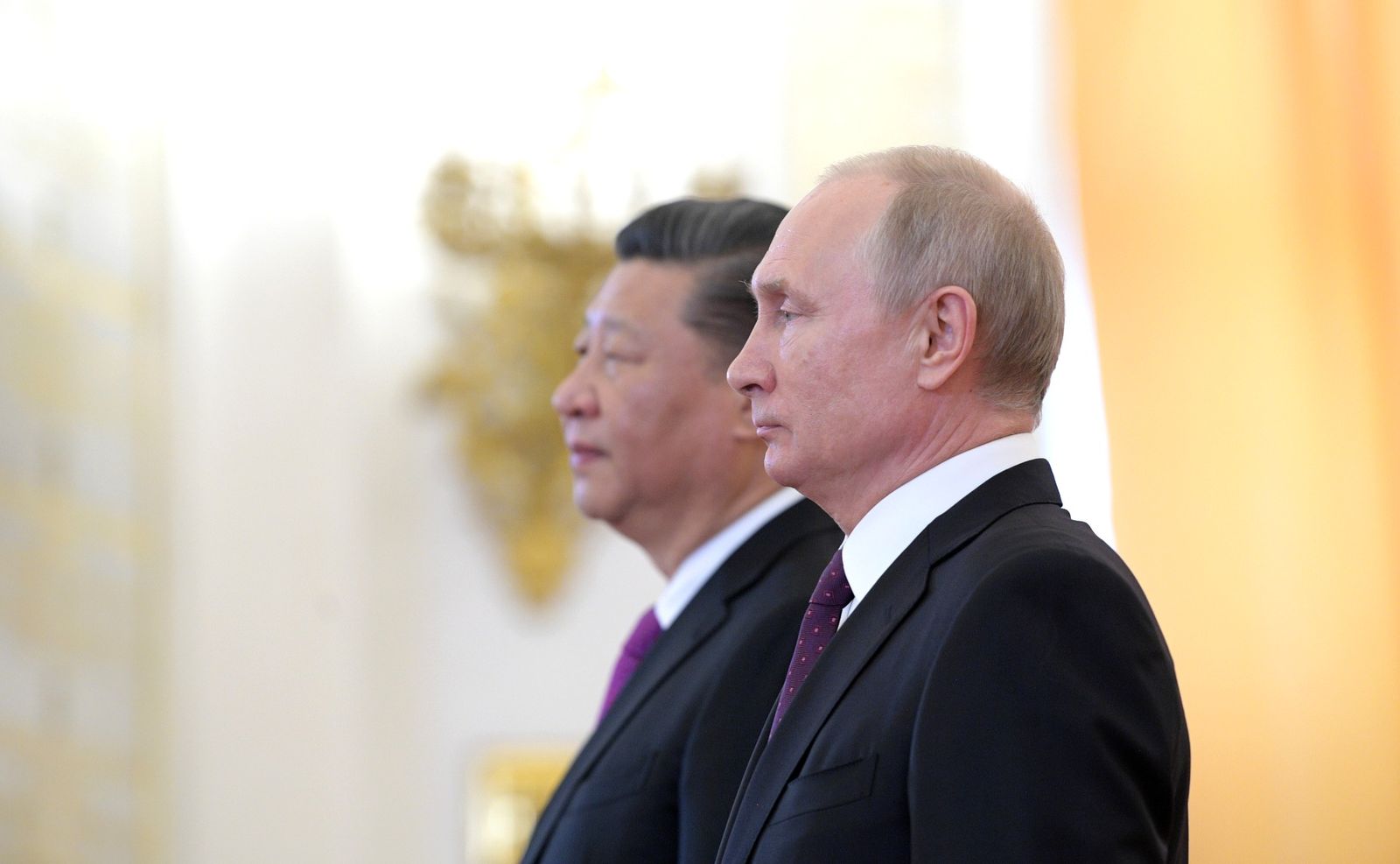According to Cui Tiankai, the Chinese Ambassador to the United States, “There are actually two Chinese ambassadors in Washington: me and the panda cub at the National Zoo." Cui’s quote reflects the rise of Chinese soft power, both in the United States and across the world. Often invisible and difficult to quantify, soft power is the informal diplomatic force that influences outcomes in international affairs. Essentially, soft power reflects a country’s cultural influence, and, more generally, likeability. In recent years, China has attempted to cultivate that informal diplomatic currency by harnessing cuteness through an unlikely cultural icon. While Korea has K-pop and Japan has sushi, China has pandas.
The advent of “panda diplomacy” in the modern era can be traced back to 1972 when President Richard Nixon’s visit to China marked a new beginning in Sino-American relations after years of hostility during the Cold War. A few months after Nixon’s return to the United States, China gifted two baby pandas, Hsing-Hsing and Ling-Ling, to the United States. Zoos clamoured to host the pandas, and Americans eagerly awaited these exotic, adorable creatures imported from China. The strange juxtaposition of “gentle, cute, and popular” and “communism” was entirely intentional on China’s part—it was central to the ultimate goal of cultivating a softer, more positive image to associate with China.
The experiment was so successful that soon thereafter China stopped gifting pandas in a gesture of friendship and goodwill. 1984 marked this shift China’s policy, one in which pandas literally became a token of diplomatic and economic currency, and through which we can trace relationships between China and the recipient country. China switched to a lease system where the recipient would pay a fixed rate (for the United States, this is USD$1 million) per year for a specified period of time. If the lease is not renewed, then the original pandas and all offspring, if any, would be returned to China.
Why this change? Economists have suggested that the system of leasing, unlike China’s previous strategy of gifting pandas, not only initiates relations between foreign countries, but also builds the trust, communication, and cooperation necessary to develop a mutual partnership between China and the recipient country. The lease is China’s method of asking for an investment in the partnership. In fact, a recent study indicates that there is correlation between the number of pandas China leases to a country and that country’s significance as China’s trade partner. At the very least then, panda leases indicate, in some manner, the strength of China’s economic partnerships. Even in 2019, tensions over the trade war between the United States and China have fueled recent speculation over China’s possible refusal to renew the lease on pandas currently housed in the Smithsonian National Zoo once it expires in 2020.
Are there greater implications to China’s panda leases beyond the economic relationships they foster? Consider the rocky relationship between China and Taiwan. In 2005, China offered two pandas, Tuan-Tuan and Yuan-Yuan, to Taiwan, whose government initially—and understandably—rejected the offer because the pandas’ names are a play on the Chinese word for not only unity, but, reunion. Taiwan eventually accepted the exchange in 2008 due to the election of a new government interested in strengthening ties with China, highlighting the effect of domestic political developments on international diplomacy.
The evolution in the diplomatic significance of China’s pandas suggest that panda diplomacy is now manifesting as hard power rather than soft power. In the early stages of China’s panda tactics, pandas were a diplomatic gift, an icebreaker or offering of sorts to initialize relationships with potential partners or allies. Just to illustrate this point, after China gifted Hsing-Hsing and Ling-Ling to the United States, the US government reciprocated with two musk oxen. Clearly, one country got the better end of the deal.
On the other hand, the new panda leases are, objectively speaking, hardly quid pro quo. The recipient country seems to be spending far more on the pandas, including upkeep in addition to the rental fee itself, than the output of hosting the pandas, stemming largely from tourism. Regardless of the monetary equation, recipient countries clearly value their pandas, whether for their inherent value or diplomatic significance. Taiwan accepted China’s rather propagandistic pandas as a way of strengthening ties, and tensions escalated between Malaysia and China back in 2013 after the disappearance of Flight 370, resulting in China temporarily withholding the delivery of newly leased pandas.
These innocuous creatures are China’s concrete threat to hold over countries interested in establishing and maintaining good relations, and China seems to be well aware of this. Partner countries’ infatuation with China’s pandas has encouraged China’s continued diplomatic usage of them, and this has emboldened China. While panda diplomacy is not an overt power play, there is something to be said for a correlation between these bold moves and China’s rising status in the international arena. China is serious about its pandas, and it encourages their function as a diplomatic gambit.





